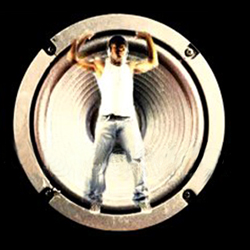It’s been said the world over to engineers with mixing chops that far exceed my own “We’ll just fix it in the mix.”
That’s not only a poor idea, but it’s unlikely it will ever be accomplished.
However, if the control room monitoring environment isn’t accurate, that really isn’t going to happen!
According to Bob Katz, the monitor system permits hearing inner details in the music that otherwise might cause problems for the end listener. (Bob Katz, Mastering Audio: The Art and The Science, Oxford: Focal Press 2002)
In other words, your monitors should be a transparent and critical window through which you can asses your mix.
Whether you’re setting up a basement project studio for the very first time or upgrading your room in the hopes of one day becoming the next Bob Ludwig, ensuring an accurate and critical listening environment is crucial. I’m here to help.
First we’ll take a look at important considerations when selecting a new monitoring system, and then we’ll walk through some of the currently available options for near-field monitors.
Where To Start?
OK, so, you know you need a pair of monitors, but where to begin?
The first important step is assessing your needs:
—What style (or styles) of music do you work with?
—What do you dislike about your current monitors?
—Is space a factor, or can you go big?
—Active or Passive? Preference?
—What is your budget?
These are all important factors in beginning to shop for monitors. Focusing a moment on size as the other criteria are fairly personal, I’m going to assume that you’re in the market for near-field monitors unless you also have a room large enough for a fairly serious large frame console.
If you happen to be that lucky, well, we’ll be getting to far-fields in a few months. Until then, happy mixing!
Anyway, you may be wondering: what exactly are near-field monitors?
Simply put, the term near-field refers to the placement of small to medium sized loudspeakers within the critical distance. (David Miles Huber, Modern Recording Techniques Fifth Edition, Oxford: Focal Press 1997)
Some feel that the term near-field is misleading and prefer close-field. No matter what term you use, it’s going to refer to a pair of “bookshelf” style speakers which can range in size from 6 inches to 10 inches. (Roey Izhaki, Mixing Audio: Concepts Practices and Tools, Oxford: Focal Press 2008)















